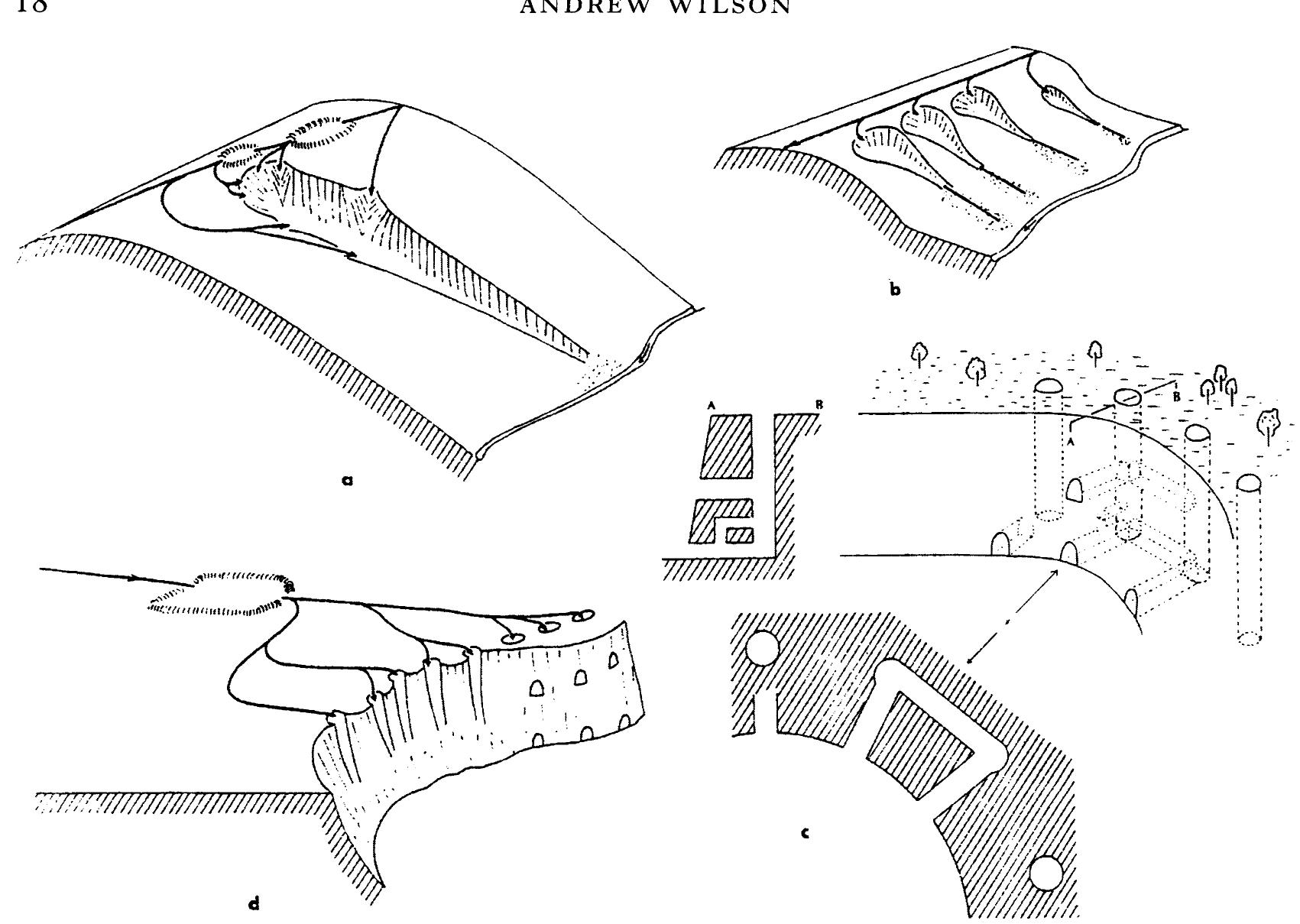Key research themes
1. How did the Renaissance and early modern period shape the theoretical and practical foundations of machine design and mechanics?
This research area investigates the historical progression from empirical, craft-based machine making to the emergence of engineering science and systematic mechanical design during the Renaissance and early modern periods. It focuses on the interplay between theoretical developments in mechanics, the role of key figures (e.g., Leonardo da Vinci, Galileo), and the institutionalization of mechanical knowledge as an academic discipline. Understanding these origins matters because it contextualizes how contemporary engineering practices evolved from both philosophical and practical roots, influencing modern machine science and technology development.
2. What were the origins and historical progression of mechanical technology and machine adoption in ancient and medieval times, especially concerning mechanization and labor productivity?
This theme focuses on the evolution and utilization of mechanical technologies before the Renaissance, emphasizing ancient innovations such as water-mills, automata, and mechanical data processing tools that represent some of the earliest human efforts to harness natural forces and automate labor-intensive tasks. Exploring these periods uncovers how mechanical devices influenced economic productivity, labor specialization, and technical knowledge transmission, framing the long-term trajectory that preceded modern engineering.
3. How have machines evolved in the context of computational technology and artificial intelligence, and what are the historical and future implications of machine invention and automation?
This theme addresses the historical interplay between machines and intellectual constructs leading to modern computation and AI, from early mechanical calculators and symbolic logic to emerging AI-driven invention systems. It encapsulates conceptual developments concerning machine-based knowledge representation, logical reasoning, and the automation of creative processes, while also considering societal impacts and technological evolution into the digital age. Understanding this historical continuum informs current and future AI research and its implications for innovation and labor.















